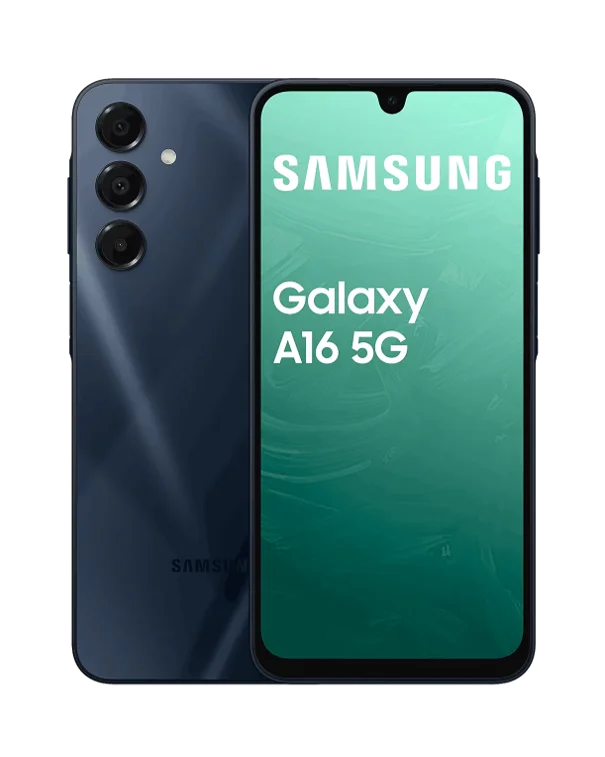FPS (frames per second)
-

REDMAGIC 10 Pro
Announced: Nov. 2024
✓ Snapdragon™ 8 Elite
✓ 1TB/24GB
✓ 50MP main camera
✓ 7050mAh (100W) batteryUP-COMING
-
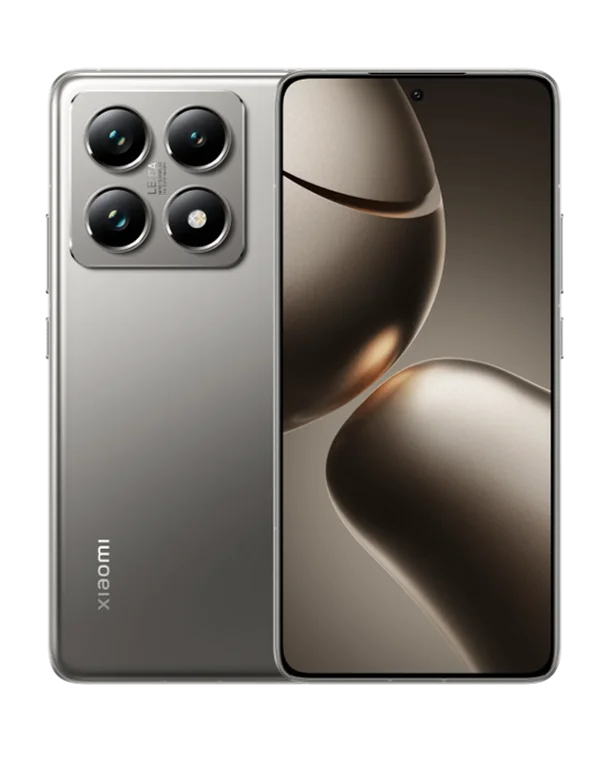
Xiaomi 14T Pro
Released: Sep. 2024
✓ Dimensity 9300+
✓ 512GB/12GB
✓ 50MP main camera
✓ 5000mAh (120W) batteryPKR 229,999
-
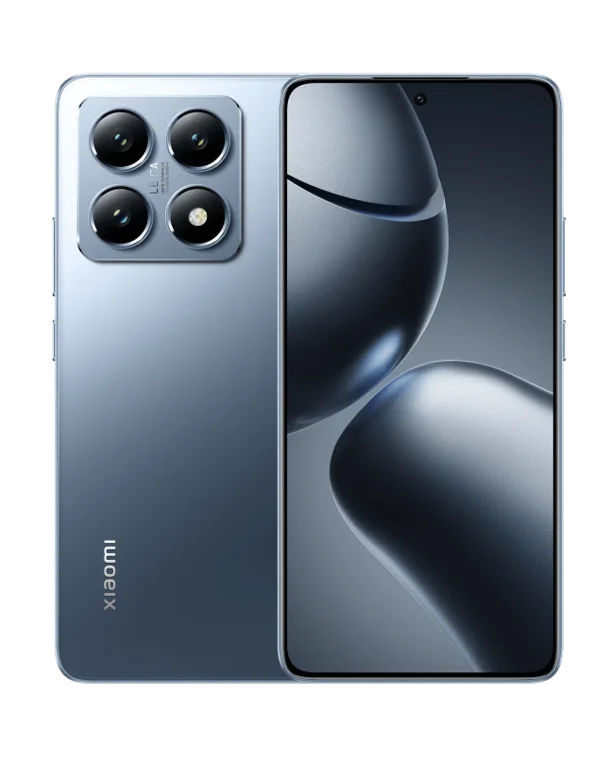
Xiaomi 14T
Released: Sep. 2024
✓ Dimensity 8300-Ultra
✓ 512GB/12GB
✓ 50MP main camera
✓ 5000mAh (67W) batteryPKR 175,999
-

Asus ROG 7 Ultimate
Released: November, 2023
✓ Snapdragon® 8 Gen2 (4nm)
✓ 512GB 16GB
✓ 50MP Triple rear camera
✓ 6000mAh (65W) batteryUP-COMING
-

Black Shark 5 pro
Released: Apr. 2022
✓ Snapdragon™ 8 Gen 1
✓ 256GB/12GB
✓ 108MP main camera
✓ 4650mAh (120W) battery-
-

Galaxy S25 Ultra
Released: Feb. 2025
✓ Snapdragon® 8 Elite
✓ 256GB/12GB
✓ 200MP main camera
✓ 5000mAh (45W) batteryPKR 404,999
-

Xiaomi 15 Ultra
Released: Mar. 2024
✓ Snapdragon™ 8 Elite
✓ 512GB/16GB
✓ 50MP main camera
✓ 5410mAh (90W) batteryPKR 399,999
-
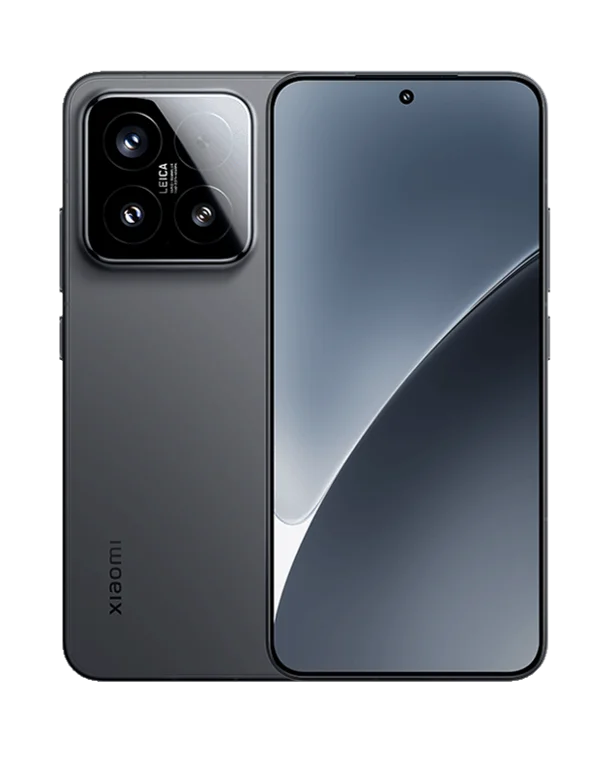
Xiaomi 15
Released: Mar. 2024
✓ Snapdragon™ 8 Elite
✓ 512GB 12GB
✓ 50MP main camera
✓ 5400mAh (90W) batteryPKR 269,999
-

Galaxy S25
Released: Feb. 2025
✓ Snapdragon® 8 Elite
✓ 512GB/12GB
✓ 50MP main camera
✓ 4000mAh (25W) batteryPKR 314,999
-
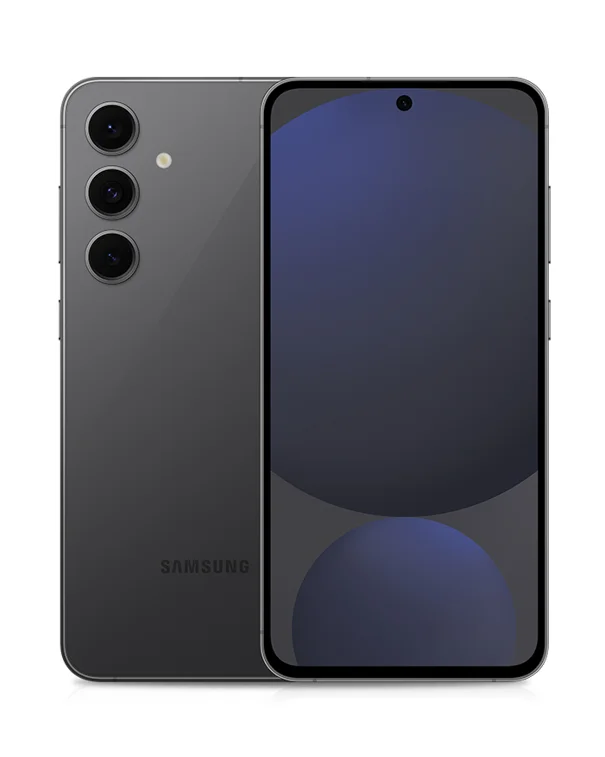
Galaxy S24 FE
Released: Dec. 2024
✓ Exynos 2400e
✓ 256GB/8GB
✓ 50MP main camera
✓ 4500mAh (25W) batteryPKR 199,999
-
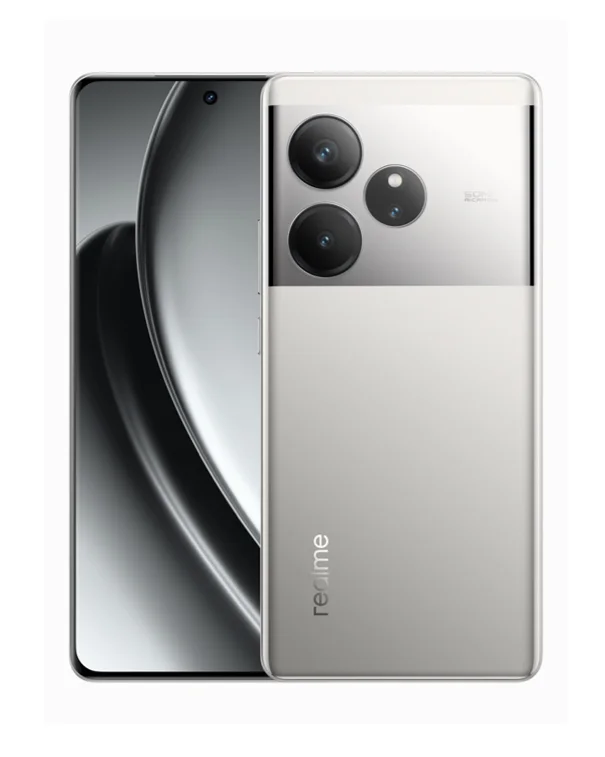
realme GT 6
Released: Jun. 2024
✓ Snapdragon® 8s Gen 3
✓ 512GB/16GB
✓ 50MP main camera
✓ 5500mAh (120W) batteryPKR 149,999
-

Galaxy A56
Released: Mar. 2025
✓ Exynos 1580
✓ 256GB/12GB
✓ 50MP main camera
✓ 5000mAh (45W) batteryUP-COMING
-

Galaxy A36
Released: Mar. 2025
✓ Snapdragon™ 6 Gen 3
✓ 256GB/12GB
✓ 50MP main camera
✓ 5000mAh (45W) batteryUP-COMING
-

Redmi Note 14 Pro+ 5G
Released: Jan. 2025
✓ Snapdragon® 7s Gen 3
✓ 512GB/12GB
✓ 200MP main camera
✓ 5110mAh (120W) batteryPKR 138,999
-

Galaxy A55 5G
Released: May 2024
✓ Exynos 1480
✓ 256GB/8GB
✓ 50MP main camera
✓ 5000mAh (25W) batteryPKR 139,999
-

Galaxy A35 5G
Released: Mar. 2024
✓ Exynos 1380
✓ 256GB/8GB
✓ 50MP main camera
✓ 5000mAh (25W) batteryPKR 107,999
-

Redmi Note 14 Pro 4G
Released: Jan. 2025
✓ Helio G100-Ultra
✓ 256GB/8GB
✓ 200MP main camera
✓ 5500mAh (45W) batteryPKR 79,999
-

Redmi Note 14 4G
Released: Jan. 2025
✓ Helio G99-Ultra
✓ 128GB/8GB
✓ 108MP main camera
✓ 5500mAh (33W) batteryPKR 53,999
-

POCO X7 Pro
Released: January, 2025
✓ Dimensity 8400 Ultra (4nm)
✓ 512GB 12GB
✓ 50MP Dual rear camera
✓ 6000mAh (90W) batteryPKR 139,999
-
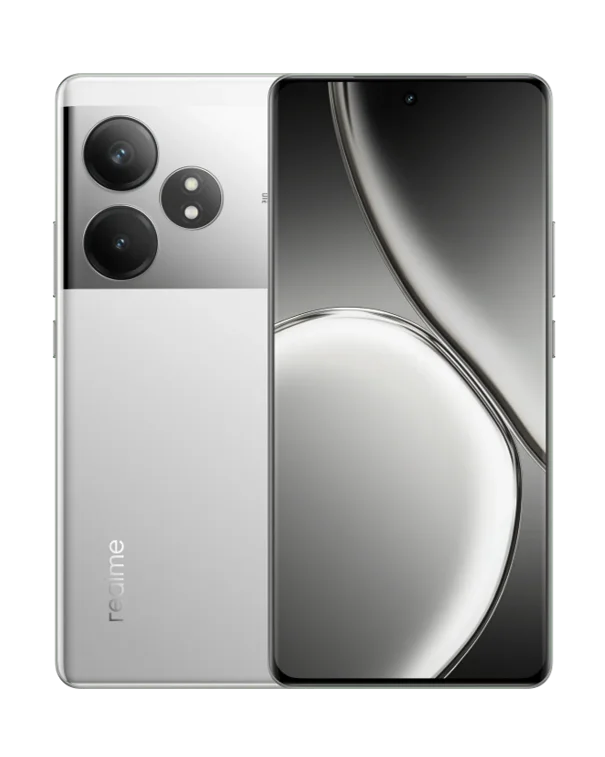
realme GT 6T
Announced: May 2024
✓ Snapdragon™ 7+ Gen 3
✓ 512GB/16GB
✓ 50MP main camera
✓ 5500mAh (100W) batteryUP-COMING
Overview
FPS (Frames Per Second) measures how many frames a device displays per second. Higher FPS results in smoother visuals, especially in gaming or videos. Common values include 30, 60, and 120 FPS. A higher FPS ensures a smoother experience, while lower FPS can cause stuttering or lag.
Refresh Rate vs. FPS: Understanding the Difference
Refresh rate and FPS (frames per second) are both crucial to how smooth motion appears on a screen, but they refer to different aspects of the visual experience:
1. Refresh Rate (Hz):
- Definition: The refresh rate is the number of times per second a display refreshes the image on the screen. It's measured in Hertz (Hz). For example, a 60 Hz refresh rate means the screen refreshes 60 times per second.
- What it affects: A higher refresh rate results in smoother visuals, especially during fast-moving images or gameplay. This is particularly noticeable in gaming, where higher refresh rates (like 120 Hz, 144 Hz, or 240 Hz) provide a smoother and more responsive experience.
2. FPS (Frames Per Second):
- Definition: FPS refers to the number of individual frames or images that a computer or other video source generates in one second. For instance, a game running at 60 FPS is producing 60 frames every second.
- What it affects: Higher FPS results in smoother motion and more detailed movement in games and videos. A higher FPS is generally desirable in gaming for smoother action. However, if the FPS is too low, gameplay may become choppy or stuttery.
Key Differences:
- Refresh Rate: Determined by the display hardware (such as the monitor), while FPS is determined by the graphics hardware (like the GPU or game engine).
- Matching FPS to Refresh Rate: To achieve the smoothest experience, it's ideal for the FPS to be equal to or greater than the refresh rate. For example, if you have a 60 Hz monitor and the game runs at 60 FPS, the motion should appear smooth. If your FPS exceeds the monitor's refresh rate (e.g., 120 FPS on a 60 Hz display), the extra frames are not displayed. Conversely, if the FPS is lower than the refresh rate, motion may appear stuttery.
In Summary:
- Refresh Rate: How many times per second the monitor refreshes the image.
- FPS: How many frames the computer (or game) generates per second.
Ideally, both should be in sync for the smoothest visual experience. However, in practice, the refresh rate is typically the limiting factor for most displays.
Frequently Asked Questions
Wireless charging transfers power to devices without cables using electromagnetic fields. Common in phones and wearables, it involves inductive or resonant methods. Benefits include reduced cable clutter and enhanced device durability.
Wireless charging is generally safe for batteries but can generate more heat, potentially affecting battery health. It’s slower and less efficient than wired charging. Use quality chargers and ensure proper ventilation to minimize risks.
Wireless charging stations are generally safe. They include safety features to prevent overheating and overcharging. Ensure they are certified and used in well-ventilated areas to maintain optimal performance and safety.
Wireless charging generally does not work through metal. Metal interferes with the electromagnetic fields needed for inductive charging. However, some modern designs use alternative methods or materials to allow wireless charging through thin metal cases or surfaces.
Wireless charging does not typically damage SIM cards. The electromagnetic fields used for charging are designed to be safe for electronic components. However, ensuring the charging pad and phone are properly aligned can help avoid any potential issues.
Wireless charging for iPhones was introduced with the iPhone 8, iPhone 8 Plus, and iPhone X, which were all released in September 2017. These models support the Qi wireless charging standard.
Trending Devices
-

OPPO Reno11
Released: March 20, 2024
✓ Dimensity 7050 (6nm)
✓ 256GB 12GB
✓ 50MP Triple rear camera
✓ 5000mAh (67W) batteryPKR 129,999
-

vivo Y100 4G
Released: May 2024
✓ Snapdragon™ 685
✓ 128GB/8GB
✓ 50MP main camera
✓ 5000mAh (80W) batteryPKR 60,999
-
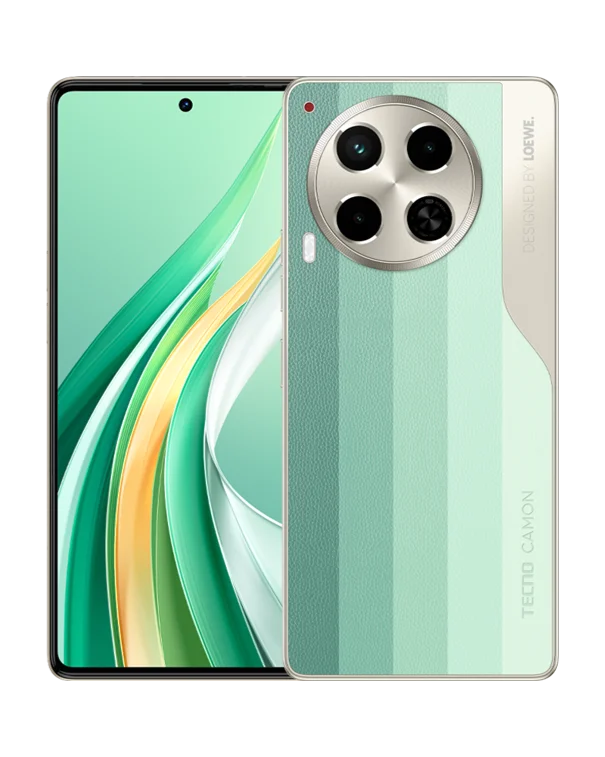
CAMON 30
Released: Apr. 2024
✓ Helio G99 Ultimate
✓ 256GB/8GB
✓ 50MP main camera
✓ 5000mAh (70W) batteryPKR 49,999
-

Infinix NOTE 40 Pro
Released: April 01, 2024
✓ MTK Helio G99 Ultimate (6nm)
✓ 256GB 12GB
✓ 108MP Triple rear camera
✓ 5000mAh (70W) batteryPKR 69,999
-

vivo V30
Released: Mar. 2024
✓ Snapdragon™ 7 Gen 3
✓ 256GB/12GB
✓ 50MP main camera
✓ 5000mAh (80W) batteryPKR 135,999
-

OPPO Reno11 F 5G
Released: March 20, 2024
✓ MediaTek Dimensity 7050 (6nm)
✓ 256GB 8GB
✓ 64MP Triple rear camera
✓ 5000mAh (67W) batteryPKR 84,999
Latest Mobile Phones
-

Galaxy A55 5G
Released: May 2024
✓ Exynos 1480
✓ 256GB/8GB
✓ 50MP main camera
✓ 5000mAh (25W) batteryPKR 139,999
-

Galaxy A35 5G
Released: Mar. 2024
✓ Exynos 1380
✓ 256GB/8GB
✓ 50MP main camera
✓ 5000mAh (25W) batteryPKR 107,999
-

Xiaomi 14
Released: Feb. 2024
✓ Snapdragon® 8 Gen 3
✓ 512GB/12GB
✓ 50MP main camera
✓ 4610mAh (90W) batteryPKR 339,999
-

CAMON 30 Premier 5G
Released: May 01, 2024
✓ Dimensity 8200 Ultimate (4nm)
✓ 512GB 12GB
✓ 50MP Triple rear camera
✓ 5000mAh (70W) batteryPKR 158,999
-

OPPO Reno11
Released: March 20, 2024
✓ Dimensity 7050 (6nm)
✓ 256GB 12GB
✓ 50MP Triple rear camera
✓ 5000mAh (67W) batteryPKR 129,999
-

HONOR X9b
Released: May 06, 2024
✓ Snapdragon™ 6 Gen 1
✓ 256GB 12GB
✓ 108MP Triple rear Camera
✓ 5800mAh (35W) batteryPKR 129,999

